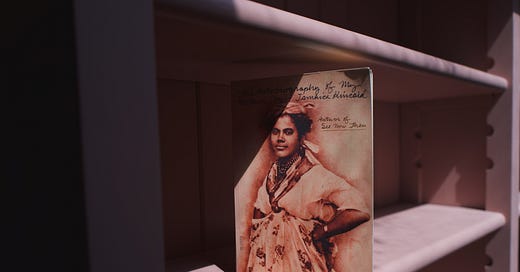The Autobiography of My Mother by Jamaica Kincaid: ending cycles of violence through radical self-love
How to Read and Analyse a Novel: Analysing the Role of Violence
This post is part of a course I’m currently running for paid subscribers called How to Read and Analyse a Novel—we have now moved on to reading and discussing individual books! With each book, we are taking a particular topic or theme and exploring its role in the novel; this allows for a reading which is both focussed and comprehensive, helping you hone your analytical skills. Today we are looking at violence in Jamaica Kincaid’s The Autobiography of My Mother. For full introductory details and the reading list, start here. If you’d like to join but feel like you’re too late, please do—you can take this completely at your own speed, and I will continue to keep up with comments and thoughts on all the books we discuss. You can adjust your notification settings here if you would like to opt out of these emails.
Jamaica Kincaid’s The Autobiography of My Mother is one of those books that explores themes many can resonate with—how does one reckon with one’s inheritance, with all the flaws and problems of one’s parents? and how do you carve out a life for yourself from this place, or approach parenthood yourself?—but that also feels highly specific to the place and people which it describes. This is the beauty of a good novel.
We follow Xuela, a woman from Dominica who is growing up in what she sees to be a loveless world. Social relations on her island are distorted by its long history of colonialism, first by the French and then the British. Xuela is of African, Carib and Scottish descent, and must forge a path for herself that doesn’t just reenact the dynamic of control, and that resists oppression of all kinds, from the more overt to the more insidious.





